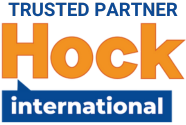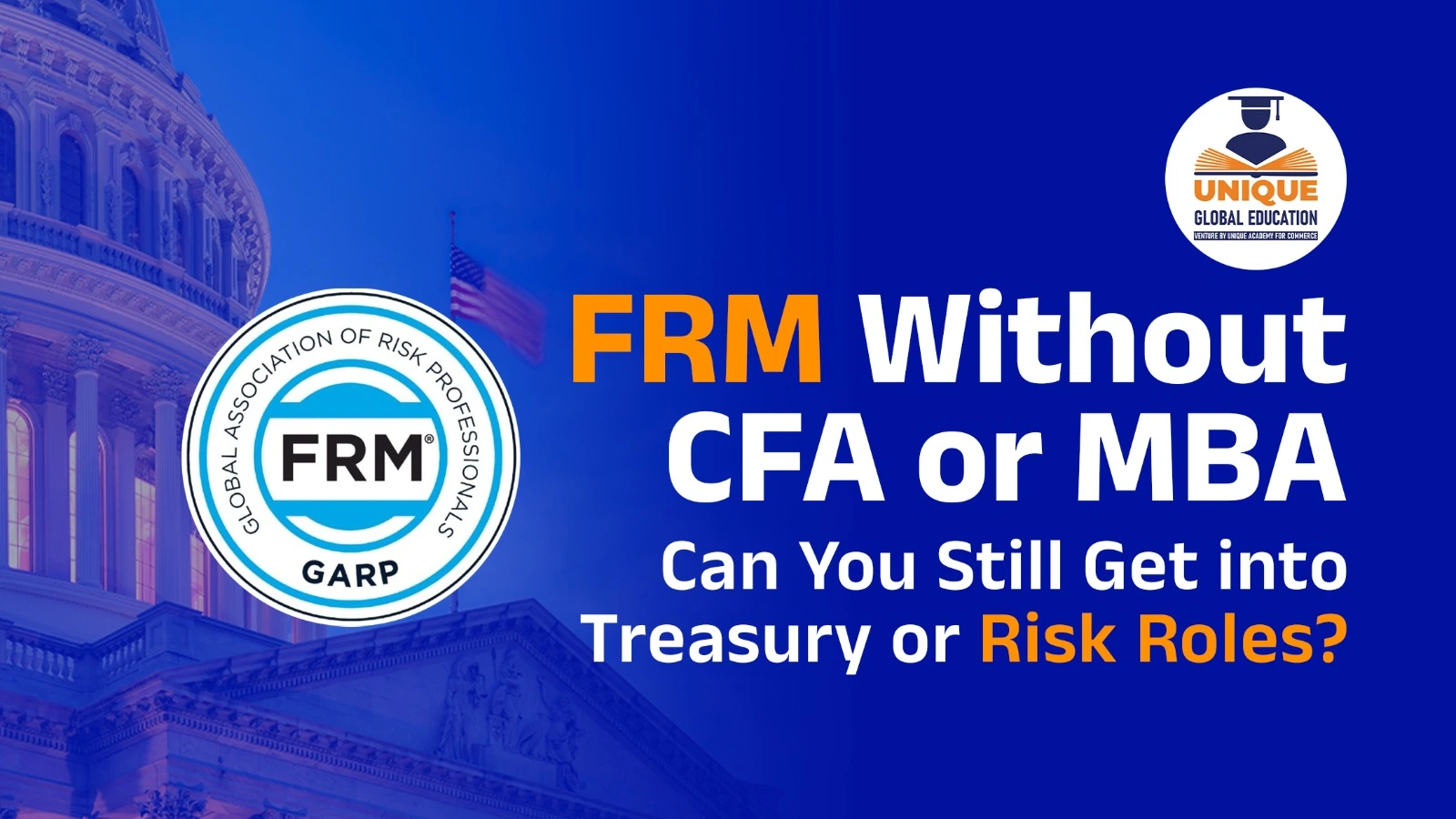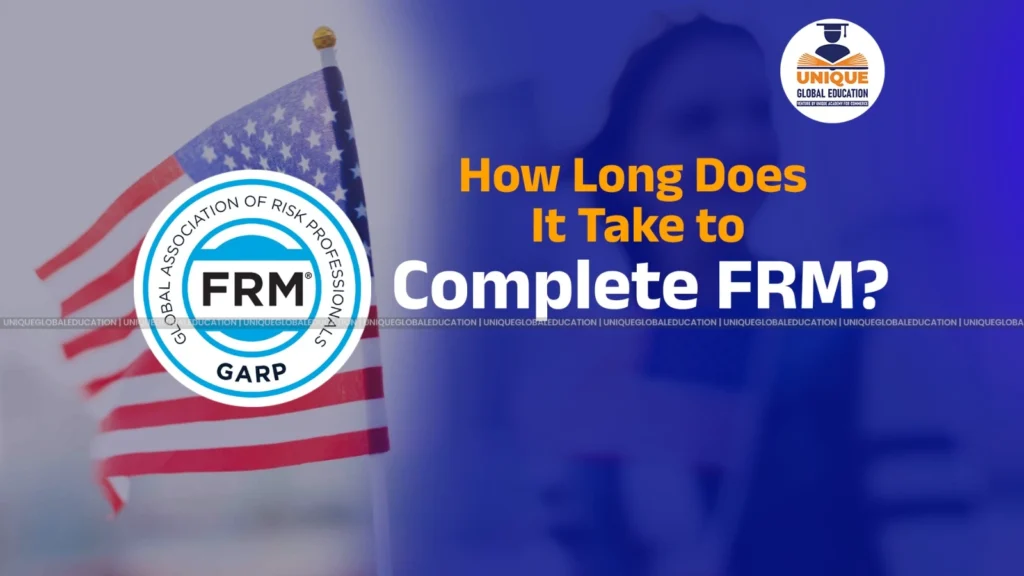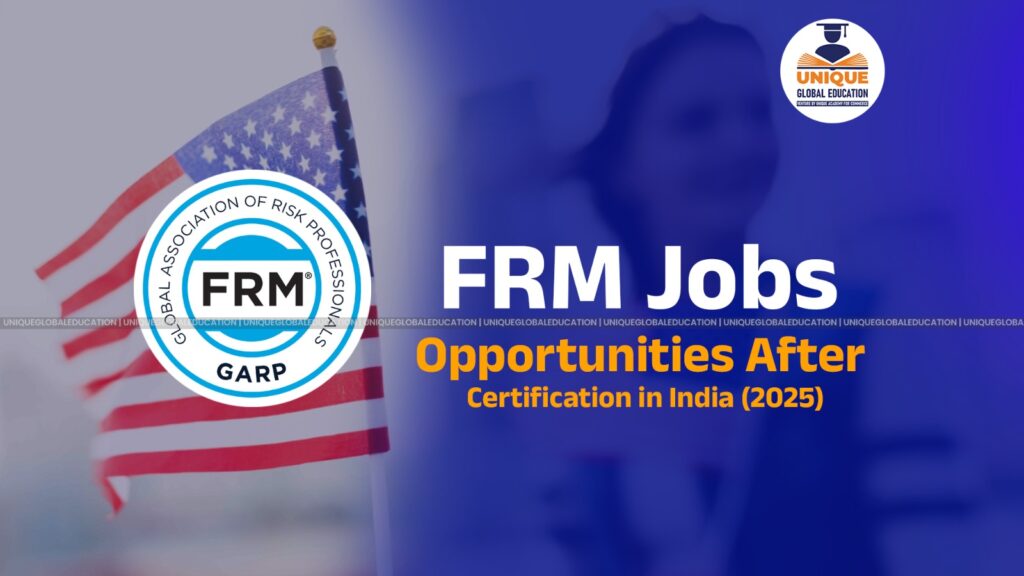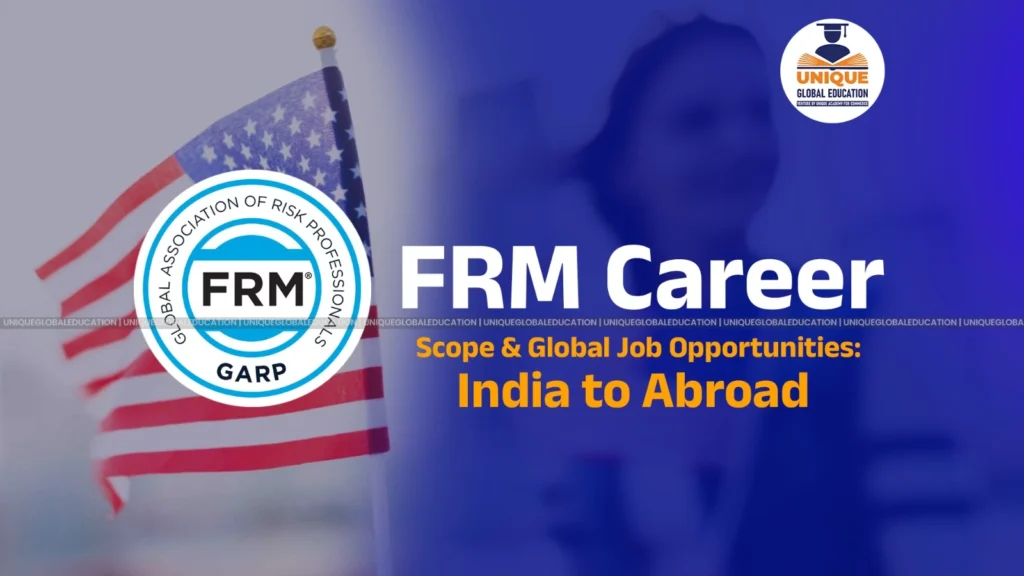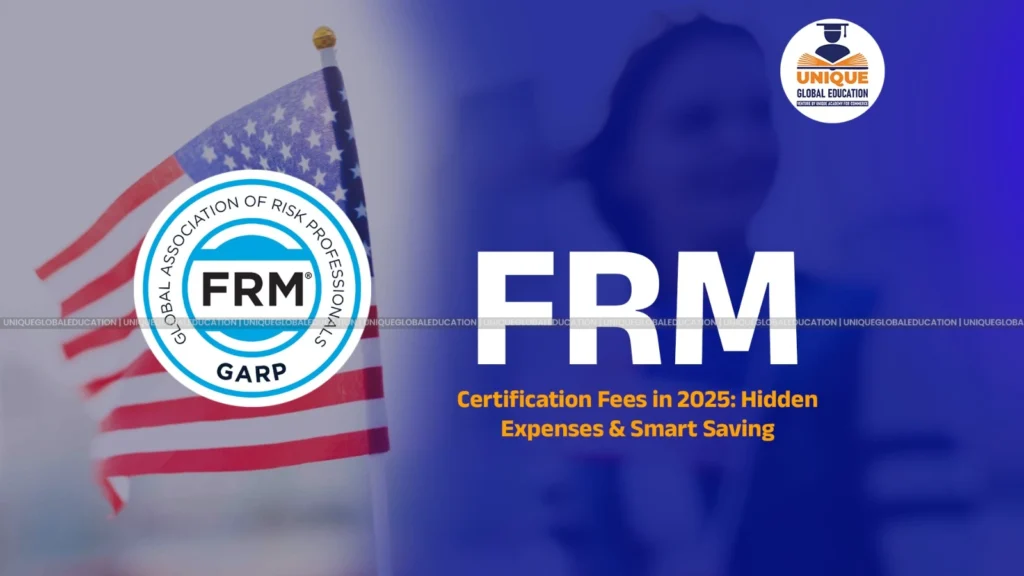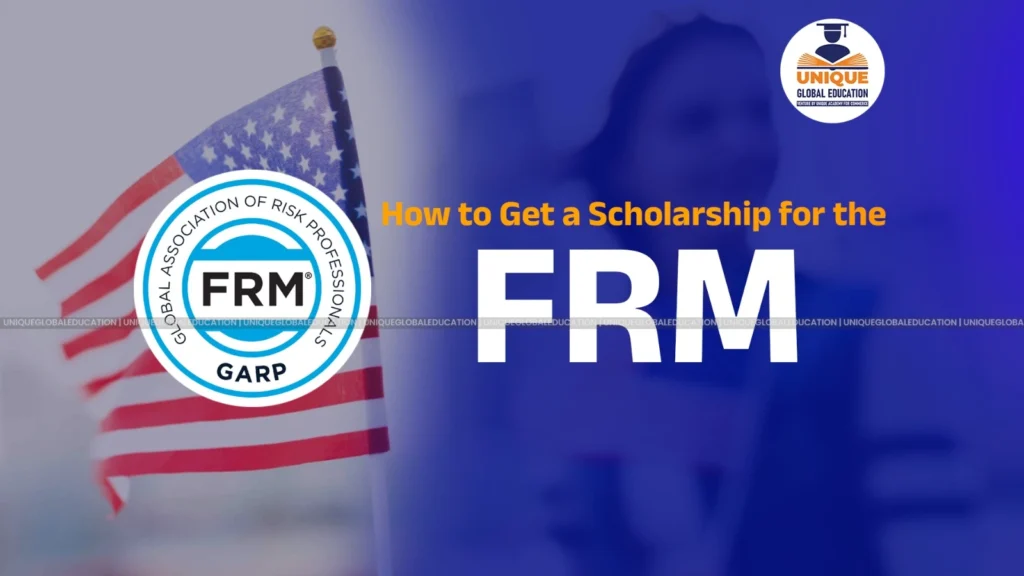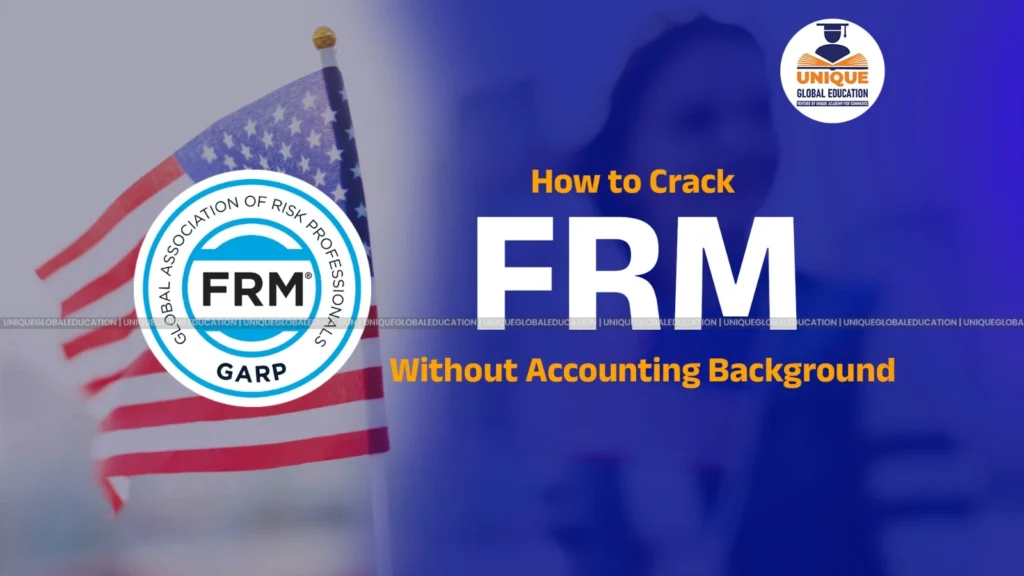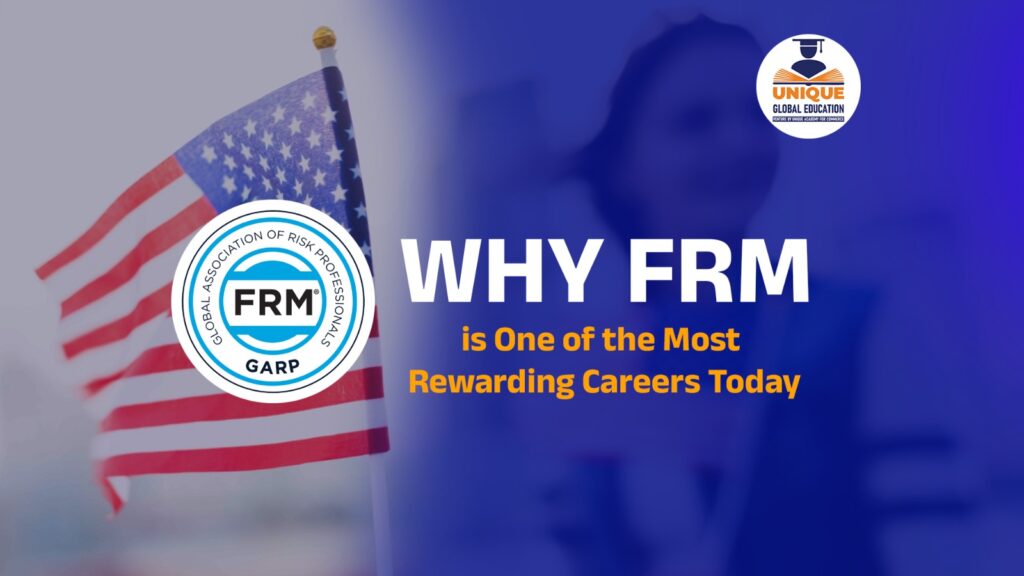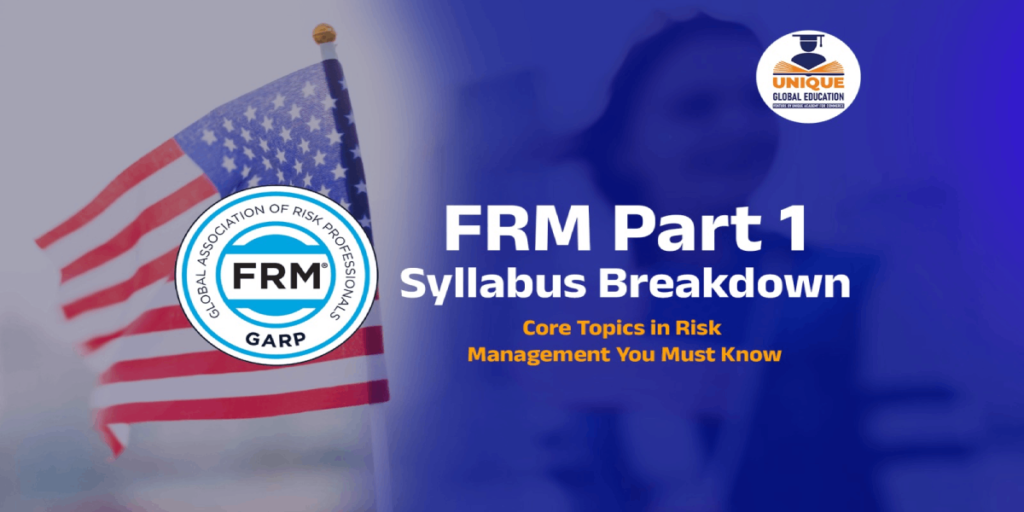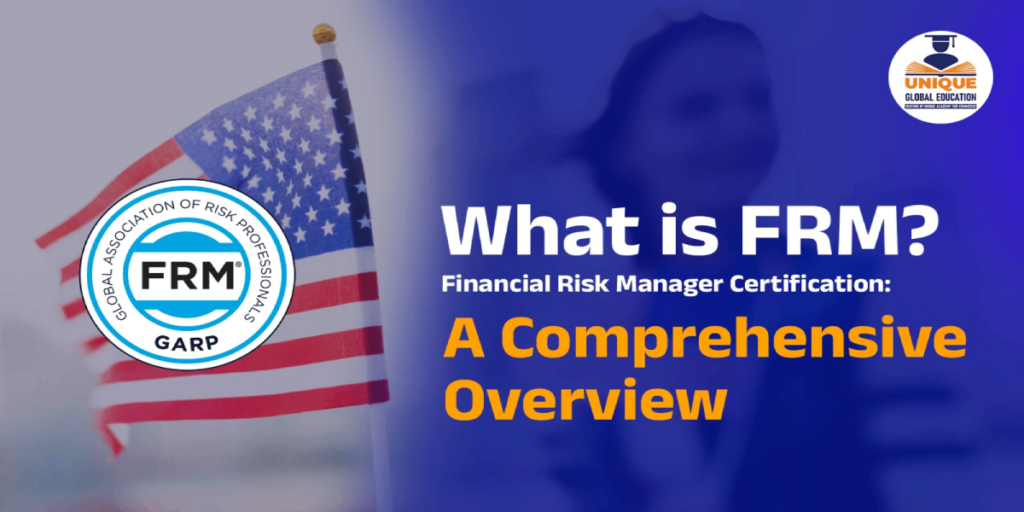Credentials tend to open doors in finance. Recruiters love nothing more than seeing a résumé filled with acronyms like MBA, CFA, CA. But then what happens if you don’t have these – and instead concentrate on solely the FRM (Financial Risk Manager)? Are you still able to get into treasury or risk management roles?
The quick answer is that yes—you can. But the longer answer is that you need to understand where FRM fits in the context of finance as a whole, what gaps there might be for you and how to overcome them.
Table of Contents
What Exactly Is FRM and How Is It Different?
The FRM designation from the Global Association of Risk Professionals (GARP) is all about acquiring knowledge on multiple types of risk – credit risk, market risk, operational and liquidity risks including. It develops expertise in such things as financial modeling, risk measurement, stress testing, derivatives and quantitative analysis.
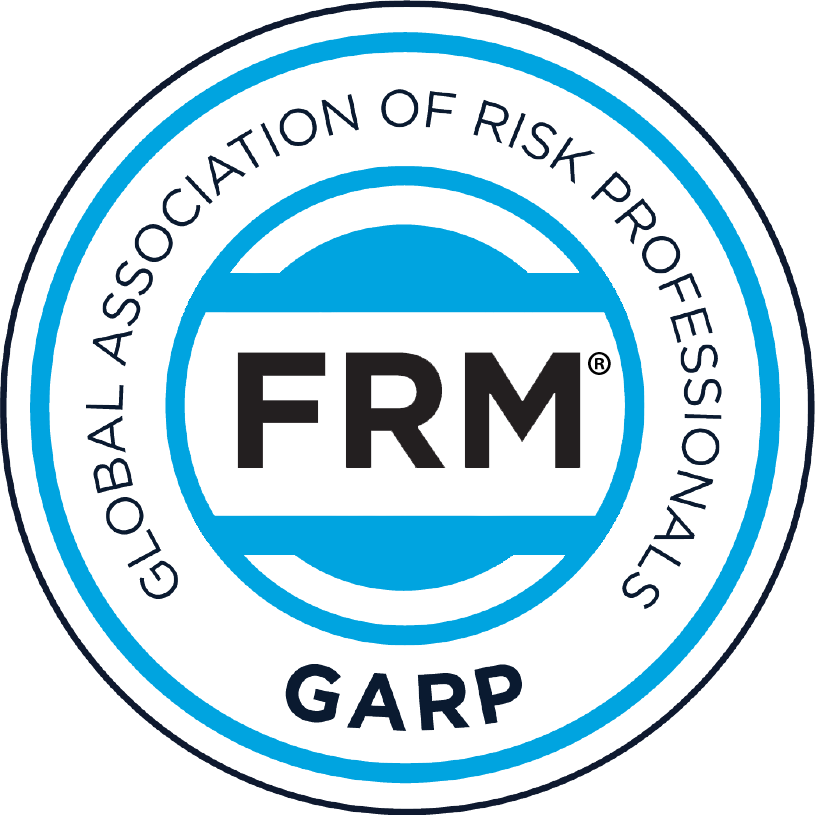
The CFA (Chartered Financial Analyst), by contrast, is wider in its scope, including portfolio management, equity valuation and corporate finance. In the meantime, an MBA (Master of Business Administration) is broader and more management based, focusing on leadership, marketing, strategy and organisational skills.
So enough of the CFA and MBA which are more about giving you a broader view of the finance and business universe, FRM takes you deeper into one specific area – risk management. That focus can mean you’re a strong candidate for treasury, risk and financial control roles.
Why FRM Alone Can Still Work for You
The focus This is one of the primary benefits of opting for only FRM. Specialization is a more prized commodity in finance — and especially in risk and treasury, where accuracy, modeling and adherence to rules can count for more than broad strategy.
To begin with, the FRM is directly relevant to jobs in a number of financial institutions. Risk teams at banks, NBFCs, insurance firms and corporates seek out individuals who can handle interest rate risk, credit exposure assessment, asset-liability management and liquidity (stress) testing. Your FRM syllabus is the direct preparation for such questions.
Second, the economy of FRM is appealing. MBA – cost can range from ₹10-25 lakhs across 2 years. CFA can be—sponsored for three years or more. FRM, on the other hand, you can wrap up in a year if you’re well-prepared – and at a fraction of the price. For some, it’s simply a quicker path to relevance.
Third, FRM gives you technical and analytical skills that many employers appreciate. You discover how to calculate VaR, read between the lines of credit spreads, model volatility and read Basel rules – matters that can be directly related to treasury and risk departments.
Last but not the least, FRM is a global certification language that proves your value wherever you are — it works if you want to work abroad or serve international financial organizations.
Get More Details Of FRM Coaching Classes
The Limitations You Should Be Aware Of
Even though FRM has got its own specialization, as candidate you will be limited in scope if you take up only FRM without also studying CFA or MBA. The largest space is the knowledge gap. Without a CFA or MBA, you might not get experience in corporate strategy, valuation or business management — some of which may be core to your career ladder ascent.
Secondly, you miss out on the guided networking and soft skill growth. M.B.A. programs frequently feature case discussions, leadership workshops and internships that develop those people skills. When you have to explain complicated risk models to executives or non-finance teams, these skills are essential.
You could encounter obstacles in perception as well. A number of employers use CFA or MBA for shortlisting because they are more common, not necessarily that FRM is worse. You may need to instead work extra hard to demonstrate your worth through your side projects, professional experience, or technical capabilities.
“And finally, the more senior leadership experience you have—the one leading to a CFO or Head of Strategy opportunity—the broader business background they’re looking for.” Yes, you can advance to even more senior risk-based roles on the basis of FRM – but it might still heighten your chances with an MBA only because for top executive rank, they may (and I repeat may) prefer someone with managerial side experience.

How to Strengthen Your FRM-Only Path
Should You Even Bother? By Data Driven Investing If you prefer depending on FRM alone, just cover what your missing and build risk or treasury profile.
- Gain relevant experience early.
Even if you start in general finance or operations, seek out projects to work on that are specifically focused on liquidity risk, credit assessment and financial modeling. Internships or junior positions in treasury or middle-office functions are what will give value to your FRM certification.
- Learn technical tools.
The kind of roles that carry the umbrella title “risk,” today, require comfort with data and technology. Get beyond proficient with Excel, and then learn Python, R, SQL or Power BI. With these tools you will be able to build models, crunch numbers and show how FRM concepts can be applied in practical sense.
- Build business acumen.
Consider some short online training in corporate finance, accounting, and financial analysis to start to understand how risk is contained within overall business decisions. It’s also useful to read annual reports and treasury notes of corporates to get an understanding of how theory applies in the real world.
- Develop communication and presentation skills.
“You need a sharp person who can speak to top management and doesn’t just take a plug-in-the-numbers, risk-modeling approach.” Attempt to interpret of amounts findings in to simple business decisions. This is a skill which may separate you from many FRM test takers.
FAQs
Perhaps, but entry jobs would probably be the way to go. See if you can get internships or part-time exposure as a student. Employers tend to like when they see that you’re able to take what you learned in FRM and apply it despite only working standard jobs.
No. Each serves a different purpose. FRM is all about risk; CFA usually deals with investment analysis; MBA for management. Although I have to say that in risk or treasury, FRM can be more directly relevant than CFA and MBA.
That depends on your goals. If you want to try to ascend into portfolio management or more senior strategy roles, maybe CFA or MBA is a good idea. But if you want to stay in risk or treasury, the combination of FRM and experience is usually sufficient.
You could find employment as a risk analyst, market risk associate, credit click risk specialist, treasury officer or ALM specialist. When you mature, risk management teams can be led by even a CRO.
Final Thoughts
You don’t need an MBA or CFA to create a successful career in risk or treasury. And with the proper combination of technical aptitude and practical skills, the FRM charter can unlock many of those same doors — or even better ones, in some cases more effectively. The name of the game is to be proactive: gain hands-on experience, maintain an active interest in what’s happening in capital markets and make sure you always strive to improve your analytical skills and soft skills.
At the end of the day, it doesn’t matter how many letters are after your name, what really matters is how deeply you understand real-world applications and decision making when it comes to finance.

